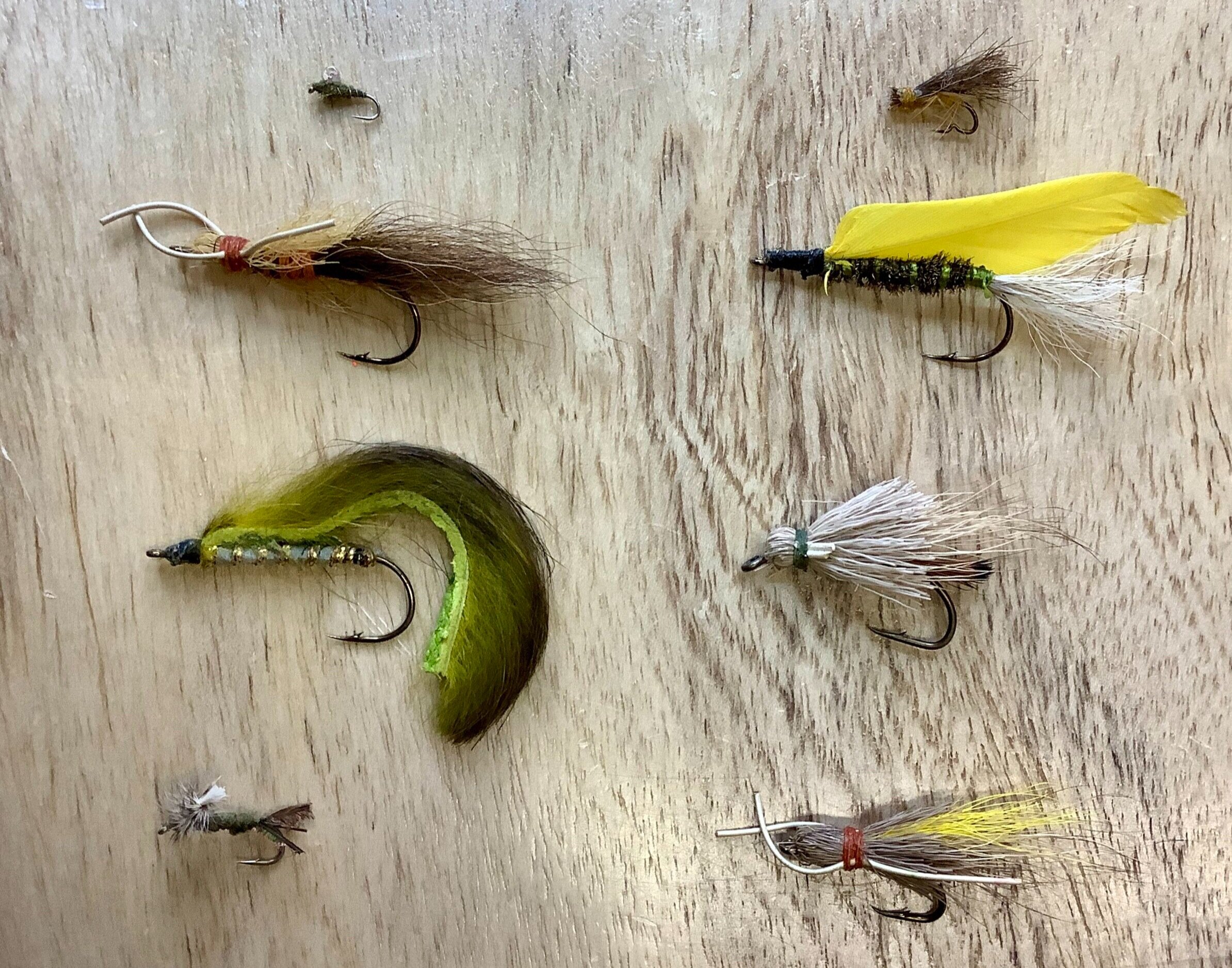As I have mentioned in a previous post, my fly fishing carrier was spawned from seeing an individual on a river fly fishing while I was spin casting. As a young boy with the ambition to learn to fly fish comes the need for flies. I never had an allowance as a kid, so I needed to figure out how to tie my own flies since I couldn't go to my local fly shop, which at that time was an Ace Hardware.
The first challenge was trying to acquire materials. As my dad was not a hunter, I couldn't scrounge any big game hides or upland/waterfowl feather material from his collection, so I began to gather random feathers and embarrassingly enough, fresh road-killed squirrel tails.
As a 10-year-old summoning my inner Jeremiah Johnson there was one occasion where I went to my local community pond with my pump actuated air rifle and shot one of the town’s pet geese to take home (to my mom’s horror) for both purposes of eating and gathering tying materials. I will tell you now that goose tasted awful!
In those days I was using whatever thread I could get my hands on to tie flies with. I ravaged my mom’s collection of sewing thread to secretly add to my ever-growing fly tying materials collection.
I was soon to discover, however, that cotton sewing thread is a natural material, and if left wet in a fly box, it soon begins to rot. I then came to the realization that thread designed for fly tying, while similar in shape and color, couldn't be more different than night and day from sewing thread.
Let's get down to the basics of fly tying thread.
There are several major manufacturers of fly tying thread. Some of the big names we will be discussing today are UTC, Uni-Thread, and ViVus. For the sake of this blog post, these will be the three threads that we cover.
You will find the term denier and “ought” i.e. 6/0 8/0 etc. used in the description of the threads we will cover. Not all threads are alike as some threads are corded and others are flat. This needs to be taken into consideration when the fly that your tying may be a size 24 trico or a #2 articulated streamer.
Watch the video link below for a detailed description of a few of the different threads used in fly tying.





